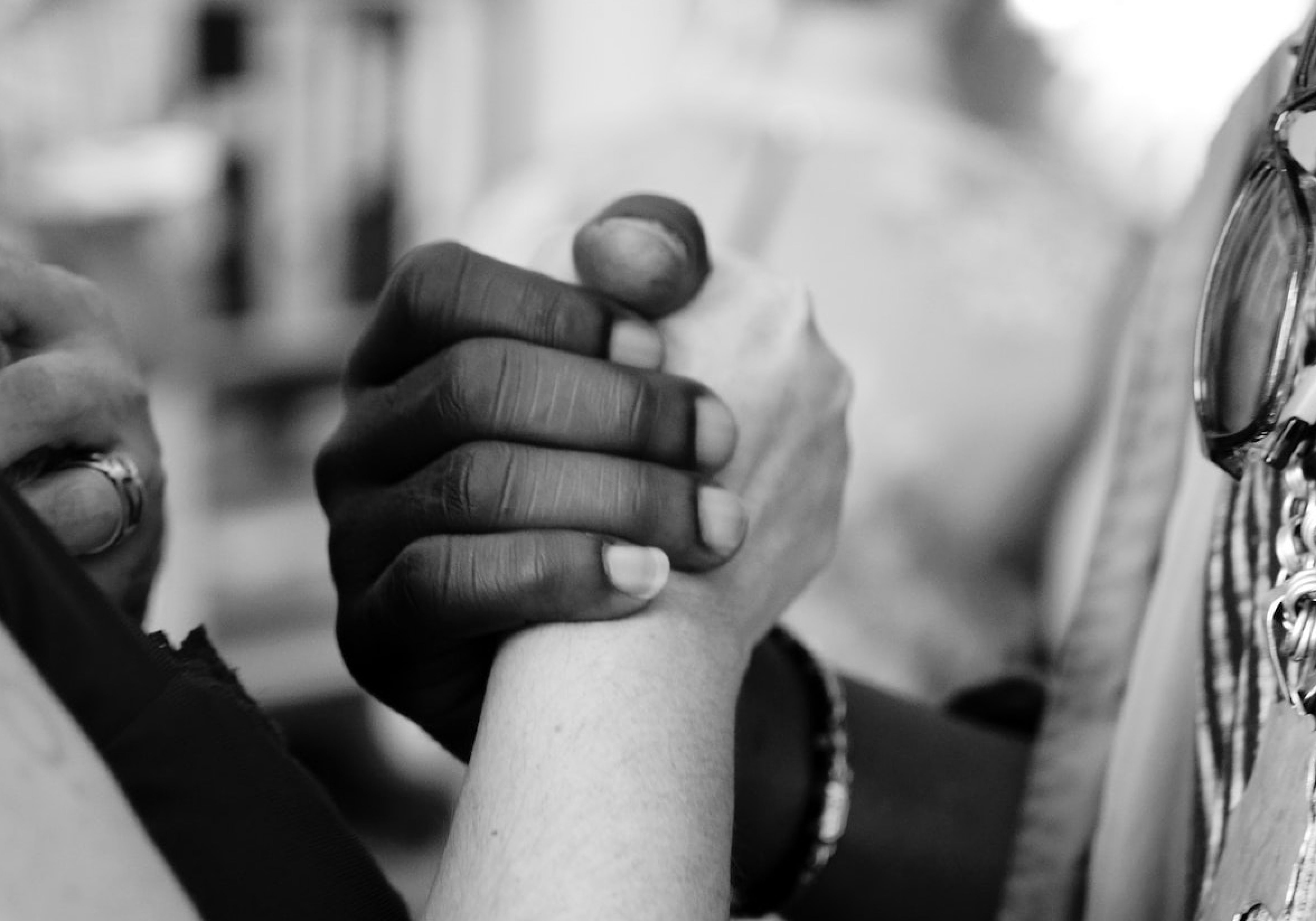Organisational culture comprises attitudes that are linked to values, beliefs and associated cognitions, related emotions and behaviours. Creating a culture of kindness therefore requires that we clarify what we mean by ‘kindness’ and ensure that we support people to consider building their values, emotions and behaviours in a way that allows them to create and then maintain a culture of kindness.
What do we mean by kindness?
Collins’ English Dictionary defines it as “the quality of being gentle, caring and helpful” and this includes being kind to yourself as well as others.
Kindness helps us with social cohesion and can be very beneficial for mental and physical health. When it is present in an organisation, you are also likely to find openness, high levels of trust and a sense of feeling safe. These conditions then lead to greater productivity and effectiveness, alongside collective accountability with consideration. In addition, it creates an environment where people feel they can praise and be praised and can address any negativity and errors without retribution. That is when you will see kindness in their faces.
Values and beliefs for kindness
Being gentle, caring and helpful is something most people understand. In a 2022 kindness test conducted by the University of Sussex and BBC Radio 4, 43 per cent of 60,000 participants could provide daily examples of kindness. The underlying values and beliefs centre on how you see people and how you want to treat them, especially as a leader.
A kind and civil leader will see staff as those with potential and to be always respected. Their aim will be to enable and create a culture of kindness and considerateness. They will identify through observing and asking where it is already present and find ways (sometimes formally through, for example, a code of conduct) to encourage kindness and its use.
Such leaders ensure that their values and beliefs are at the centre of their thoughts and actions. They will double-check with colleagues and subordinates that their behaviours match their values and beliefs. Occasionally, everyone will err from their beliefs. The considerate leader will see these times as an opportunity to learn and grow and not something to be denied or ignored.
A considerate leader will also look at any opposing values and beliefs and address any inconsistencies. Overall, they ensure they are self-confident and secure in themselves. This usually means that they are likely to be liberal in how they lead and manage and will be less likely to want to control and dominate.
Behaviours
A leader’s verbal and non-verbal behaviours, for consistency, should match their values and intentions for kindness. Otherwise, people will ignore what they say and just focus on the contradictory behaviours they observe.
A respectful leader will, in small and large ways, use behaviours that show and indicate thoughtfulness and kindness with respect. The behaviours to show and model include the following:
- Using pro-social language, eg “how can we?” instead of “do this”
- Listening
- Praising
- Not taking credit for others’ ideas
- Showing that you trust others
- Being generous with time
Small gestures of kindness make a difference.
When a leader has kindness as a core value and their behaviour accompanies this, then you will find staff reciprocating. “You gave us vision; you led by respect” and “Thank you for your service” are, for example, statements made by staff on the retirement in 2018 of William Lacy Swing, a former US ambassador and director general of the UN’s International Organization for Migration (IOM).
If you, as a leader, use these behaviours and ask others to do the same, then you will build a culture of kindness. You can also ask others to think about how they work together and support each other. What could be done with more kindness and consideration? For example, listening to each other without interruption and praising each other. Being willing to look at and address the negative openly, including admitting to mistakes, is also needed.
If there is any toxicity at all, then this must be handled with courage and kindness so that its impact decreases, thereby giving more space for kindness to enter. If this is not done, then any kindness intervention will not last.
Emotions
Emotions are part of us as human beings, but we rarely consider them within the work environment. Yet we experience a vast variety of emotions in our workday. For there to be genuine kindness at the core of an organisation, we need to provide a psychological space for people to have and show the accompanying emotions.
We also need to know how to deal positively with any negative emotions that may arise. In some sectors, suppression is expected and often shown. While there will be times when it will be necessary to suppress, there also needs to be organisational permission for people to handle what has been suppressed later.
Gearshift to kindness
It is in our DNA, but tremendous efforts may still need to be made to increase kindness in self, colleagues and the organisation. Certainly, it is worth stopping and thinking about what the function of kindness is and should be.
How will people respond to your request to become kinder and more considerate? Remember, some may misinterpret this as asking them to be more open and emotional. Think about what you can do to reassure them and help them become more comfortable with kindness. Have discussions about kindness and ask people what they can all do to be more considerate and how you will remind each other of its importance.
Kindness for responsible management
Responsible management and leadership require a holistic focus on responsibility and sustainability for us and the generations to come. If we can achieve this while being considerate, kind and respectful, then we will provide a wonderful basis for the future.
Headline image credit: Aarón Blanco Tejedor on Unsplash








